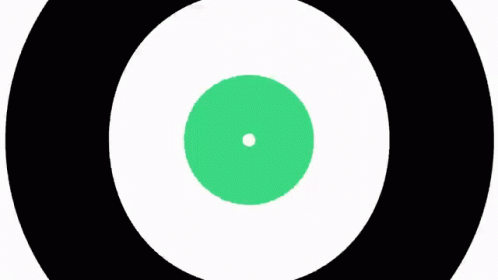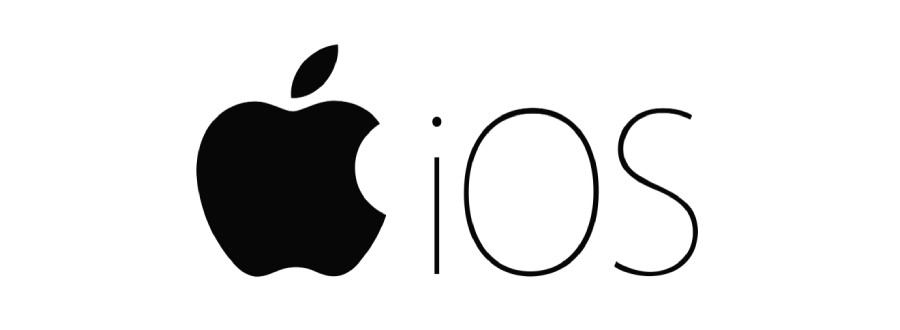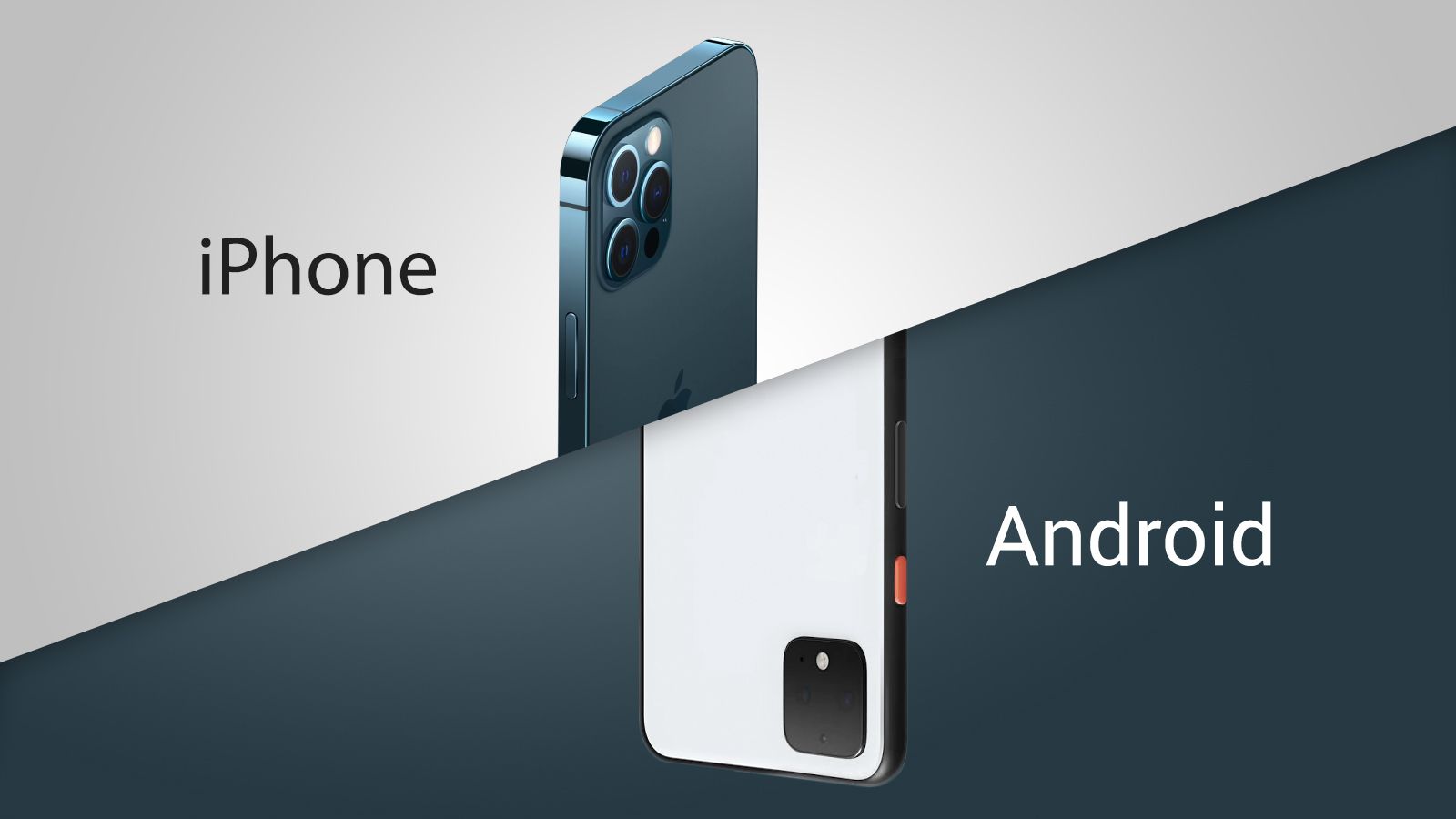Android vs iOS: The battle of OS
the Android vs. iOS debate and explore the key factors to consider when choosing between the two.

In the ever-evolving world of smartphones, the debate between Android and iOS has been an ongoing battle. These two mobile operating systems, developed by Google and Apple, respectively, have garnered a massive following and sparked heated discussions among technology enthusiasts. Both platforms have their strengths and weaknesses, catering to different user preferences and needs. In this blog post, we'll delve into the Android vs. iOS debate and explore the key factors to consider when choosing between the two.

Android
Android is an open source and Linux-based Operating System for mobile devices such as smartphones and tablet computers. Android is developed by a consortium of developers known as the Open Handset Alliance, though its most widely used version is primarily developed by Google. It conquered around 71% of the global market share by the end of 2021.
Over 70 percent of smartphones based on Android Open Source Project run Google's ecosystem (which is known simply as Android), some with vendor-customized user interfaces and software suites, such as TouchWiz and later One UI by Samsung and HTC Sense.[9] Competing ecosystems and forks of AOSP include Fire OS (developed by Amazon), ColorOS by OPPO, OriginOS by Vivo, MagicUI by Honor, or custom ROMs such as LineageOS. There are many code names of android such as Lollipop, Kitkat, Jelly Bean, Ice cream Sandwich, Froyo, Ecliar, Donut etc.
History of Android
Android began in 2003 as a project of the American technology company Android Inc., to develop an operating system for digital cameras. In 2004 the project changed to become an operating system for smartphones. Android Inc., was bought by the American search engine company Google Inc., in 2005. The first beta version of the Android Software Development Kit (SDK) was released by Google in 2007 where as the first commercial version, Android 1.0, was released in September 2008. The first cellular telephone to feature the new operating system was the T-Mobile G1, released on October 22, 2008.
Initially, Andy Rubin founded Android Incorporation in Palo Alto, California, United States in October, 2003. The key employees of Android Incorporation are Andy Rubin, Rich Miner, Chris White and Nick Sears. Android is the nick name of Andy Rubin given by coworkers because of his love to robots.
List of all the Android versions till now:
Here is a list of all the Android versions till now:
Here is a list of all the Android versions till now:
- Android 1.0 Alpha (API 1)
- Android 1.1 Beta (API 2)
- Android 1.5 Cupcake (API 3)
- Android 1.6 Donut (API 4)
- Android 2.0 Eclair (API 5)
- Android 2.2 Froyo (API 8)
- Android 2.3 Gingerbread (API 9-10)
- Android 3.0 Honeycomb (API 11-13)
- Android 4.0 Ice Cream Sandwich (API 14-15)
- Android 4.1 Jelly Bean (API 16-18)
- Android 4.4 KitKat (API 19-20)
- Android 5.0 Lollipop (API 21-22)
- Android 6.0 Marshmallow (API 23)
- Android 7.0 Nougat (API 24-25)
- Android 8.0 Oreo (API 26-27)
- Android 9.0 Pie (API 28-29)
- Android 10 (API 29-30)
- Android 11 (API 30-31)
- Android 12 (API 31-32)
- Android 13 (API 32-33)
- Android 14 (API 33-34)

Android Features
Android has evolved over the years, and each version of Android has brought new features and improvements to the operating system, making it more powerful and user-friendly. Android is a powerful open-source operating system that open-source provides immense features and some of these are listed below.
- It’s open-source and we can customize the OS based on our requirements.
- It supports connectivity for GSM, CDMA, WIFI, NFC, Bluetooth, etc. for telephony or data transfer. It will allow us to make or receive a calls / SMS messages and we can send or retrieve data across mobile networks
- Using wifi technology we can pair with other devices while playing games or using other applications.
- It contains multiple APIs to support location-tracking services such as GPS.
- We can manage all data storage-related activities by using the file manager.
- It has a wide range of media supports like AVI, MKV, FLV, MPEG4, etc. to play or record a variety of audio/video and having a different image format like JPEG, PNG, GIF, BMP, MP3, etc.
- It also supports different image formats like JPEG, PNG, GIF, BMP, MP3, etc.
- It supports multimedia hardware control to perform playback or recording using a camera and microphone.
- Android has an integrated open-source WebKit layout-based web browser to support User Interfaces like HTML5, and CSS3.
- Android supports multi-tasking means we can run multiple applications at a time and can switch between them.
- It provides support for virtual reality or 2D/3D Graphics.

price of android phones
ndroid phones are available at a wide range of prices, from budget options to high-end devices. The cost of an Android device depends on the brand, model, and features. Here are some examples of Android phone prices:
- Amazon.com lists Android phones ranging from $127.55 to $800.99.
- The New York Times recommends four budget Android phones, ranging from $160 to $450.
- Business News Daily notes that Android phones have myriad options at a range of prices, with Google's Pixel 6 Pro starting at $899.

iOS
Apple iOS stands for iPhone operating system and is designed for use with Apple's multitouch devices. The mobile OS supports input through direct manipulation and responds to various user gestures, such as pinching, tapping and swiping. The iOS developer kit provides tools that allow for iOS app development. Apple iOS stands for iPhone operating system and is designed for use with Apple's multitouch devices. The mobile OS supports input through direct manipulation and responds to various user gestures, such as pinching, tapping and swiping. The iOS developer kit provides tools that allow for iOS app development.
An OS for iPhone, iPad, and more Apple mobile devices, Apple iOS, the iPhone Operating System is based on macOS. This operating system runs Apple’s line of Mac laptops and desktop computers. Furthermore, it is crafted for seamless and easy networking between a wide range of Apple products.
Additionally, as recorded in June 2021, Apple iOS holds about 27.71% of the mobile phone’s market share, second to Android with around 71.93% market share.
History of iOS
The first released as iPhone OS in June 2007, coinciding with the launch of the first generation iPhone.[1] iPhone OS was renamed iOS following the release of the iPad, starting with iOS 4. The operating system was unveiled with the iPhone at the Macworld Conference & Expo on January 9, 2007, and released in June of that year. At the time of its unveiling in January, Steve Jobs claimed: "iPhone runs OS X" and runs "desktop class applications", but at the time of the iPhone's release, the operating system was renamed "iPhone OS".
In June 2010, Apple rebranded iPhone OS as "iOS". The trademark "IOS" had been used by Cisco for over a decade for its operating system, IOS, used on its routers. To avoid any potential lawsuit, Apple licensed the "IOS" trademark from Cisco.
List of iOS versions till now
Here is a list of all the iOS versions till now:
- iPhone OS 1 – Released June 29, 2007 (Latest 1.1.5 July 15, 2008)
- iPhone OS 2 – Released July 11, 2008 (Latest 2.2.1 January 27, 2009)
- iPhone OS 3 – Released June 17, 2009 (Latest 3.2.2 August 11, 2010)
- iOS 4 – Released June 22, 2010 (Latest 4.3.5 July 25, 2011)
- iOS 5 – Released October 12, 2011 (Latest 5.1.1 May 7, 2012)
- iOS 6 – Released September 19, 2012 (Latest 6.1.6 February 21, 2014)
- iOS 7 – Released September 18, 2013 (Latest 7.1.2 June 30, 2014)
- iOS 8 – Released September 17, 2014 (Latest 8.4.1 August 13, 2015)
- iOS 9 – Released September 16, 2015 (Latest 9.3.6 July 22, 2019)
- iOS 10 – Released September 13, 2016 (Latest 10.3.4 July 22, 2019)
- iOS 11 – Released September 19, 2017 (Latest 11.4.1 July 9, 2018)
- iOS 12 – Released September 17, 2018 (Latest 12.5.7 January 23, 2023)
- iOS 13 – Released September 19, 2019 (Latest 13.7 September 1, 2020)
- iOS 14 – Released September 17, 2020 (Latest 14.8.1 October 26, 2021)
- iOS 15 – Released September 24, 2021 (Latest 15.7.5 April 10, 2023)
- iOS 16 – Released September 12, 2022 (Latest iOS 16.5 May 18, 2023)
- iOS 17 – In Beta, full release expected in September 2023.
iOS features
- The multitasking feature on an iOS device or using a multi-finger gesture on an iPad, you can swiftly go from one app to another at any moment.
- Apple’s iCloud service offers Internet-based data storage.
- Notification Center is a feature in iOS that shows you all of your app alerts in one place.
- Wi-Fi, Bluetooth and cellular connectivity, along with VPN support.
- Gesture recognition supports -- for example, shaking the device to undo the most recent action.
- Direct access to the Apple App Store and the iTunes catalog of music, podcasts, television shows and movies available to rent or purchase.
- Siri is Apple's virtual assistant that can set reminders, offer suggestions or interact with certain third-party apps.
- Cross-platform communications between Apple devices through AirDrop.
- Support for Apple Watch, runs watchOS 9 but requires iPhone 8 or later running iOS 16 or later.
- The HomePod feature allows Siri to identify family members by voice, giving everyone a personalized experience.
price of iOS phones
The current iPhone lineup starts at $429 for the 2022 iPhone SE and goes up to $1,599 for the iPhone 14 Pro Max with 1TB of storage
Best Buy offers a range of iPhones at various prices, and customers can buy online for delivery or in-store pickup

Which One Should You Choose?
When it comes to choosing a smartphone, the two most popular options are Android and iOS. Both operating systems have their unique features, strengths, and weaknesses, and choosing between them can be a difficult decision. In this blog post, we will explore the differences between Android and iOS to help you make an informed decision.
Customization
One of the biggest advantages of Android over iOS is customization. Android is an open-source platform, which means it offers more freedom and customization options than iOS. You can customize almost anything on your Android device, from how your home screen looks to how you interact with your phone. On the other hand, iOS is known for its uniform design elements, which are sometimes seen as being more user-friendly. While Apple has made major leaps in the latest versions of its system, Android still gives users more customization options than iOS.
Security
Security is one of the most critical factors users consider when choosing a platform. While both Android and iOS have their unique security features, iOS is generally considered to be more secure than Android. Every app on the Apple App Store is closely inspected, which might reduce the number of apps available, but helps to reduce malware-riddled apps and security issues. Android, on the other hand, has more vulnerabilities, but they may be easier to exploit. However, the security of a mobile platform also depends on the user's behavior and security updates.
App Ecosystem and Availability
When it comes to the app ecosystem, both Android and iOS offer an extensive range of applications to cater to users' diverse needs. However, there are key differences in their approach. Android's open-source nature allows for greater flexibility, enabling developers to create and distribute apps more easily. As a result, the Google Play Store offers a larger selection of apps, including those from third-party sources. In contrast, iOS follows a more controlled environment, with apps exclusively available through the Apple App Store. While Apple's stringent app approval process may limit the number of available apps, it often translates to higher quality and better-curated applications.
Device Options and Price Range
Android devices come in a wide range of choices, catering to different budgets, preferences, and feature requirements. Numerous manufacturers, such as Samsung, LG, and OnePlus, produce Android smartphones, providing consumers with a plethora of options. This diversity allows users to select a device that best aligns with their needs, whether it's a budget-friendly smartphone or a feature-packed flagship model. On the other hand, Apple's iOS is exclusively available on iPhones, providing a more limited range of options. However, iPhones are renowned for their premium build quality, cutting-edge technology, and excellent resale value.
Conclusion
The Android vs. iOS debate ultimately boils down to personal preferences and individual needs. Android's customization options, wide range of device choices, and flexibility make it a compelling choice for tech enthusiasts and users seeking versatility. On the other hand, iOS' sleek interface, seamless integration, robust security measures, and curated app ecosystem attract users who prioritize simplicity, ease of use, and a cohesive ecosystem.




